Supernova discovery! NASA James Webb Space Telescope takes the crown AGAIN with this photo
NASA’s James Webb Space Telescope continues to exceed expectations by making stellar new discoveries within the first month of its launch. Now, the telescope has made yet another miraculous discovery by detecting its first supernova, shocking even NASA scientists. Here’s more about it.
_1652862195879.jpg)
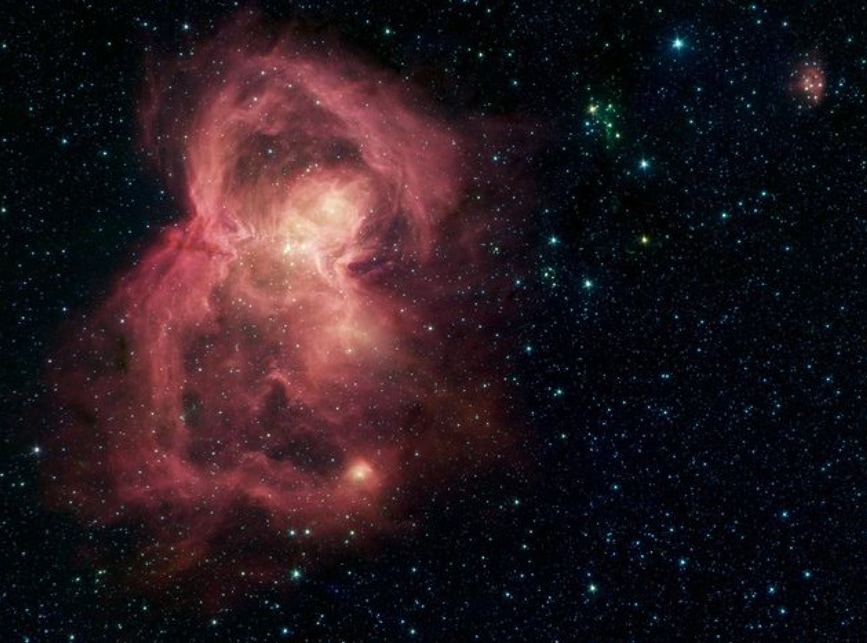
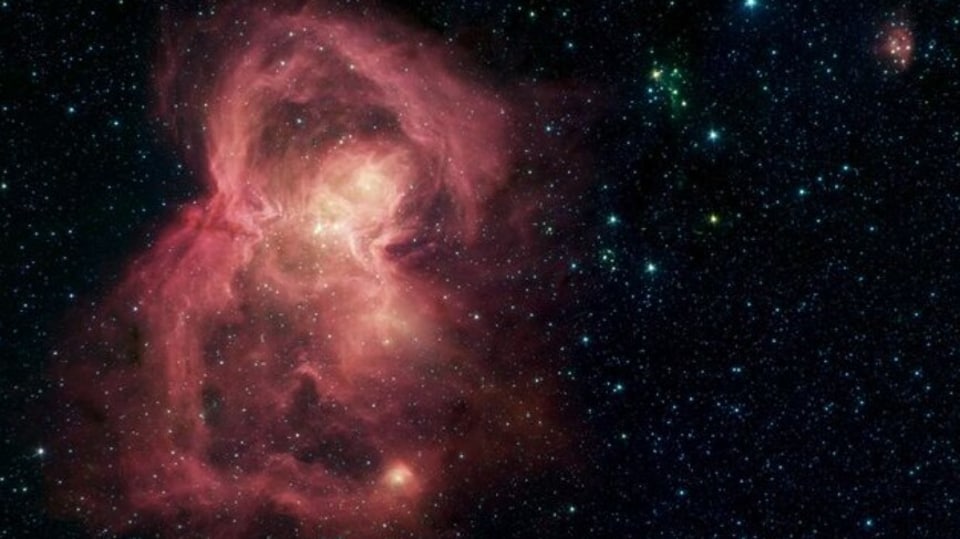
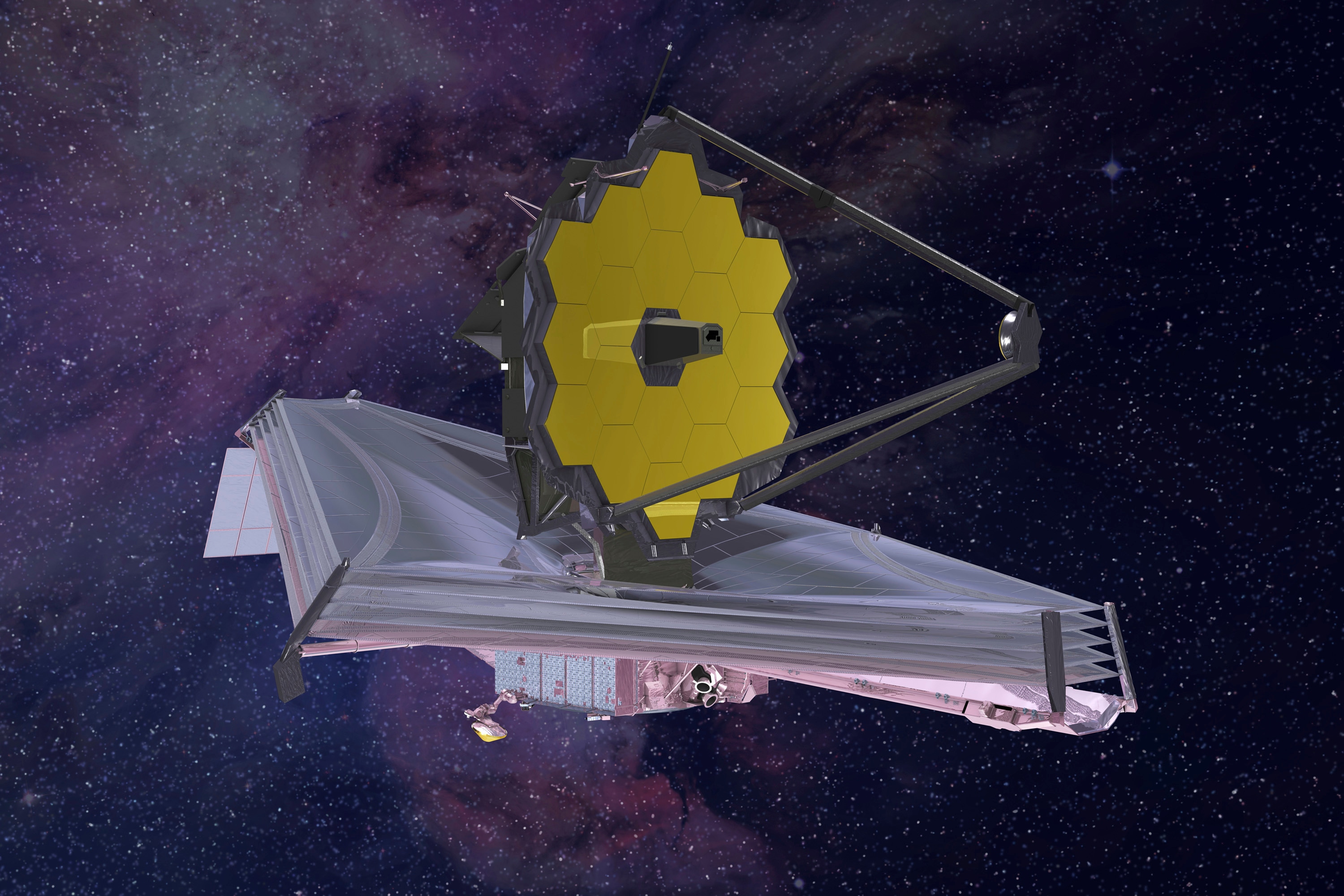
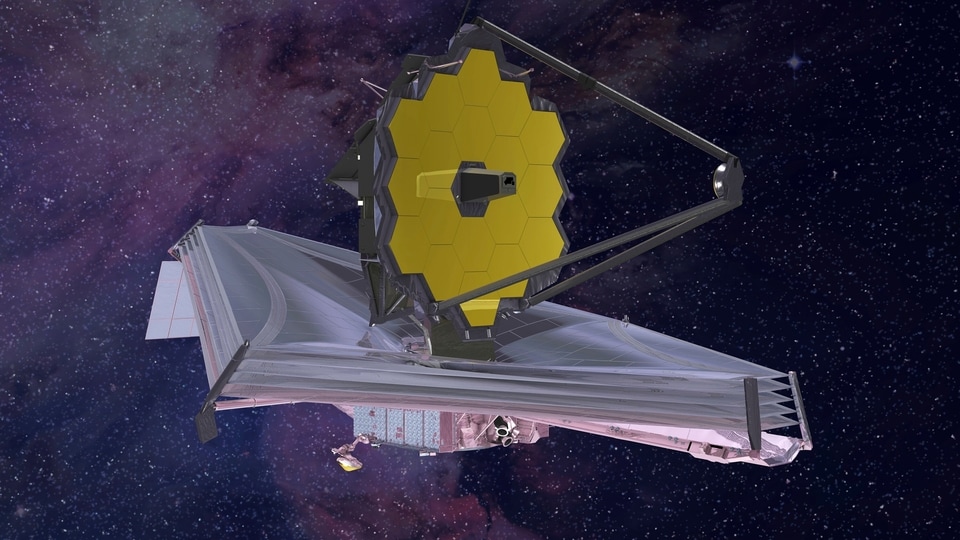


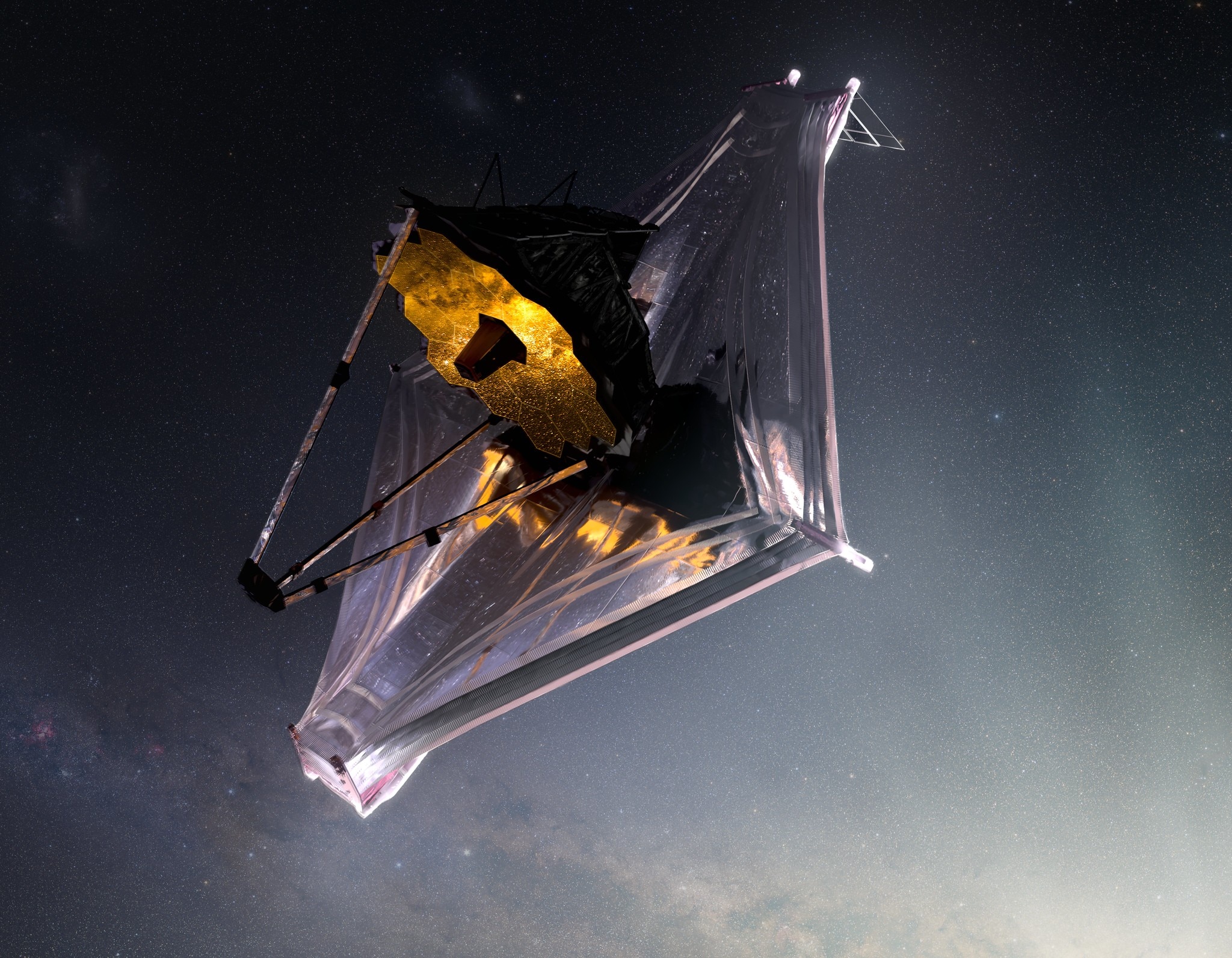
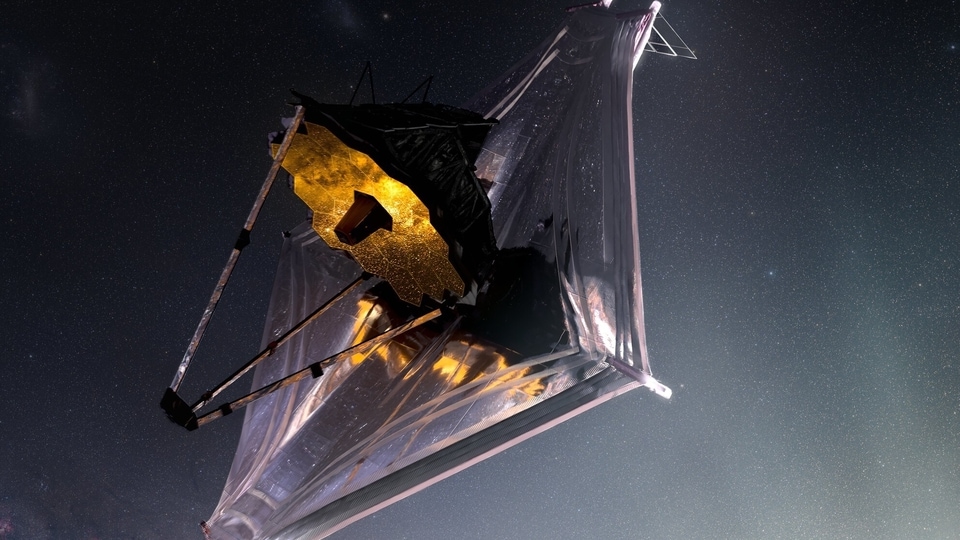
First Published Date: 02 Aug, 11:50 IST
NEXT ARTICLE BEGINS




_1652862195879_1659421097075_1659421097075.jpg)




























